Poverty in Pakistan
Poverty is costing the country on socioeconomic, political, technological and developmental fronts
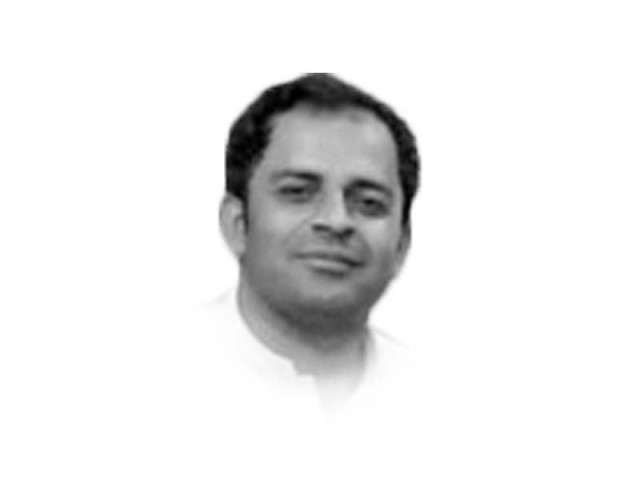
Economic self-sufficiency is a precondition for the progress and prosperity of societies. Countries where people are self-sufficient in their socio-economic affairs enjoy prosperous status in the world. However, that countries facing poverty lag far behind in all aspects of life. Pakistan is, unfortunately, one of them. Consequently, poverty has been costing the country on socioeconomic, political, technological and developmental fronts.
Poverty is the inability of people to afford basic necessities of life. In other words, it’s a condition in which a person is constrained (financially, among others) from affording the necessities of life. A poor person, in this regard, is one who is financially constrained from buying the needful. There are two commonly applied parameters for measuring or quantifying poverty: the poverty line, also called the breadline or poverty threshold, and the multidimensional approach to poverty.
Propounded by the World Bank, the poverty line is the oldest, unidimensional and most commonly applied financial parameter for estimating poverty. It is defined as the minimal income necessary for affording the necessities of life in a particular society, and is measured only along the financial line. The income defined in each society varies and is mainly determined by its economic stability and inflation. For instance, the poverty line in Pakistan is set around 2.5 dollars a day which means a person earning less than 2.5 dollars is living below the poverty line. Similarly, a person earning equal to or more than this amount won’t be classified as poor.
However, the question is: would anyone earning even 1,000 bucks a day be able to buy the necessities of life? The answer is a big no. This suggests that the often-practised poverty line is self-defeating, simplistic, arbitrary, subjective and flawed. Though according to the poverty line, almost 40% of Pakistanis are living below the poverty line, the situation on the ground is bad beyond imagination.
Contrary to this, a multidimensional approach to poverty offers a relatively broader, consistent and comprehensive account of poverty. It defines poverty as a condition in which a person simultaneously experiences multiple forms of deprivation: destitution, illiteracy, no healthcare, dilapidated shelter, risk of subjugation, exploitation, violence, etc.
What are the factors that contribute to the abject poverty in Pakistan? They include: political instability and economic downfall; lack of investment-friendly environment and capitalisation of untapped indigenous resources; energy crisis and industrial downfall; unemployment and overpopulation; concentration of wealth and inequitable distribution of resources; corruption and moral decadence; illiteracy and dogmatism; lack of vocational training and technical skills; agricultural decay and lawlessness.
What are the impacts of poverty in Pakistan? Political instability and economic fragility; bourgeoning population and illiteracy; moral decay and corruption; brain drain and healthcare crisis: social slavery and begging tendencies; high crime rates and terrorism; increasing prevalence of depression and suicides; low public self-esteem and high exploitation; child labour and child abuse; drug abuse and patriarchy are what poverty haunts the country with. Given the grave issues that poverty leads to and the impacts of each poverty-driven issue, it is rightly termed “the mother of all ills.”
What pragmatic measures are needed to be taken to alleviate poverty? Political stability and economic stability; an investment-friendly environment and capitalisation of untapped indigenous resources; industrial growth and employment generation; addressing corruption and lawlessness; quality education and technical skills; vocational training and population control; equitable resource distributions and land reforms; transparency and across-the-board accountability; agricultural growth and promotion of local craft and local government system would help the country get rid of the issue.
Though a serious issue today, poverty is addressable. Political will, passionately pursued pragmatic poverty alleviation policies, and population control would go a long way in addressing it altogether.
Published in The Express Tribune, May 26th, 2024.
Like Opinion & Editorial on Facebook, follow @ETOpEd on Twitter to receive all updates on all our daily pieces.





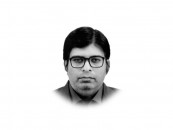

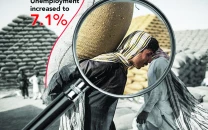

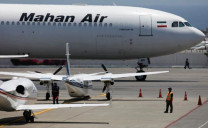

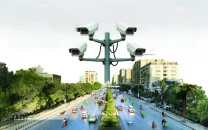
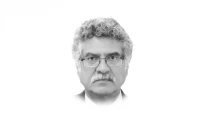

COMMENTS
Comments are moderated and generally will be posted if they are on-topic and not abusive.
For more information, please see our Comments FAQ